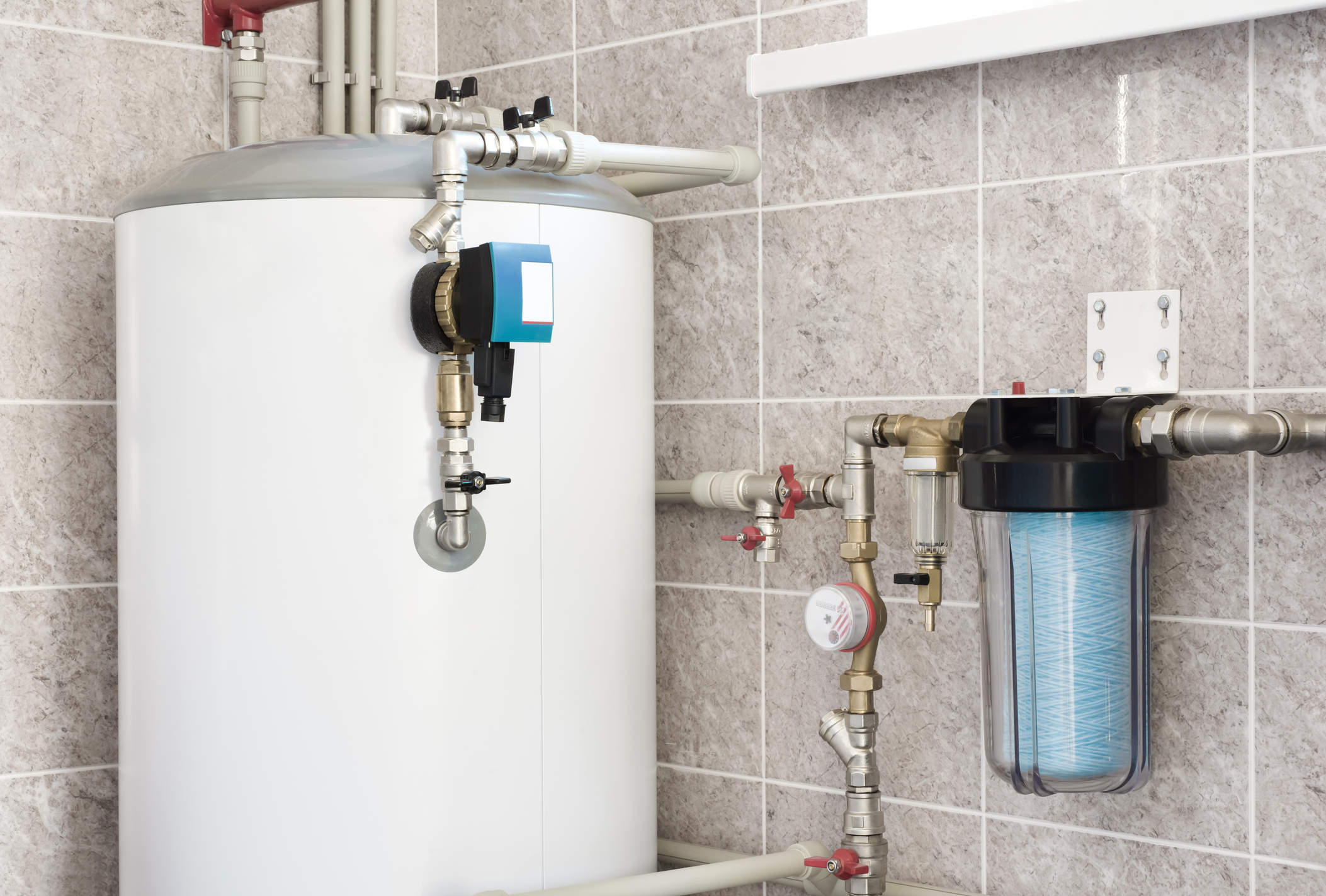We have stumbled upon this article on Water Heater Maintenance Tips You Can't Afford to Forget down the page on the net and concluded it made good sense to share it with you here.

Hot water is necessary for daily convenience, whether it's for a rejuvenating shower or washing meals. To ensure your hot water system runs efficiently and lasts much longer, regular maintenance is vital. This short article supplies useful pointers and insights on just how to maintain your home's warm water system to avoid interruptions and costly repair services.
Intro
Preserving your home's warm water system might appear challenging, yet with a few basic actions, you can ensure it runs smoothly for many years to find. This overview covers whatever from recognizing your warm water system to DIY upkeep tips and understanding when to call professional assistance.
Importance of Preserving Your Warm Water System
Regular maintenance not just expands the life expectancy of your warm water system yet additionally ensures it operates successfully. Neglecting maintenance can cause lowered efficiency, greater power bills, and even early failing of the system.
Signs Your Hot Water System Requirements Upkeep
Knowing when your hot water system requires focus can prevent major problems. Keep an eye out for indicators such as irregular water temperature, unusual noises from the heater, or rustic water.
Comprehending Your Warm Water System
Prior to diving into maintenance tasks, it's valuable to comprehend the basic elements of your warm water system. Generally, this includes the hot water heater itself, pipelines, anode rods, and temperature controls.
Month-to-month Upkeep Tasks
Regular regular monthly checks can assist capture minor problems prior to they rise.
Flushing the Water Heater
Purging your hot water heater removes sediment accumulation, boosting performance and prolonging its life.
Checking and Changing Anode Rods
Anode poles stop rust inside the storage tank. Checking and replacing them when worn out is important.
Examining and Changing Temperature Settings
Changing the temperature settings makes certain optimum efficiency and safety and security.
Do It Yourself Tips for Upkeep
You can do a number of maintenance tasks yourself to keep your hot water system in leading problem.
Looking for Leakages
On a regular basis check pipelines and connections for leaks, as these can result in water damage and greater costs.
Examining Stress Relief Valves
Evaluating the pressure relief valve guarantees it operates properly and avoids excessive pressure build-up.
Shielding Pipes
Insulating hot water pipelines minimizes warm loss and can save energy.
When to Call a Specialist
While do it yourself maintenance is advantageous, some issues call for expert knowledge.
Complex Concerns Calling For Expert Help
Instances consist of major leaks, electric issues, or if your water heater is continually underperforming.
Regular Professional Upkeep Perks
Professional upkeep can include thorough examinations, tune-ups, and making sure compliance with safety and security requirements.
Conclusion
Normal maintenance of your home's hot water system is essential for effectiveness, longevity, and price savings. By adhering to these suggestions and knowing when to seek professional assistance, you can ensure a trusted supply of hot water without unanticipated disruptions.
Water Heater Maintenance Tips
Test the TPR Valve
- Shut off the power and the cold-water supply valve.
- Place a bucket under the pipe connected to the temperature-pressure-release (TPR) valve on the top or side of the tank. (This valve opens if the tank pressure gets too high.)
- Lift the valve’s tab to let some water out, then let go. If water keeps flowing, drain the tank partway, unscrew the old valve with a pipe wrench, and install a new one.
Check the Anode Rod
- Put a hose to the tank’s drain cock and let out a few gallons of water.
- Now fit a 1 1/16-inch socket onto the rod’s hex head on top of the heater (or under its top plate) and unscrew the rod. If it’s less than ½ inch thick or coated with calcium, buy a new one, wrap its threads with Teflon tape, put it back in the tank, and tighten securely. Use this segmented rod if headroom above the tank is limited.
Drain the Tank and Wash Out Sediment
- Drain the remaining water in the tank into the bucket, then stir up the sediment on the tank’s bottom by briefly opening the cold-water supply valve. Drain and repeat until clean water comes out of the hose.
- Close the drain cock, refill the tank, and turn its power back on.
Adjust the Temperature
- Find the temperature dial on the side of the tank and unscrew its cover. Adjust the dial to 120 degrees using a flathead screwdriver. For every 10 degrees the temperature is lowered, you can expect to save up to 5 percent in energy costs.
- Turn the water heater off or the thermostat down to its lowest setting if you plan to be away from home for more than three days.
Insulate the Pipes
- Buy some self-sticking 3/8-inch-thick foam pipe insulation that matches the pipes’ diameter.
- Slide the foam over the hot-and cold-water pipes as far as you can reach. Insulating the cold-water pipe prevents condensation in summer.
- Peel the tape and squeeze the insulation closed. If the pipe is 6 inches or less from the flue, cover it with 1-inch-thick unfaced fiberglass pipe wrap.
https://www.thisoldhouse.com/plumbing/21016402/how-to-maintain-a-water-heater

I am just very eager about Water Heater Maintenance Tips You Can't Afford to Forget and I am hoping you liked the entire page. Enjoyed our blog posting? Please quickly share it. Let someone else find it. We enjoy reading our article about Water Heater Maintenance Tips You Can't Afford to Forget.
Call Today
Comments on “Effective Techniques for Caring for Your Home's Hot Water System”